FUNDING CUTS IMPACT CT HUMANITIES: Help CT Humanities navigate recent funding cuts and continue our vital work across Connecticut. All donations made to CTH will be matched dollar-for-dollar up to $50,000. Donate today!
Search results for: Naugatuck
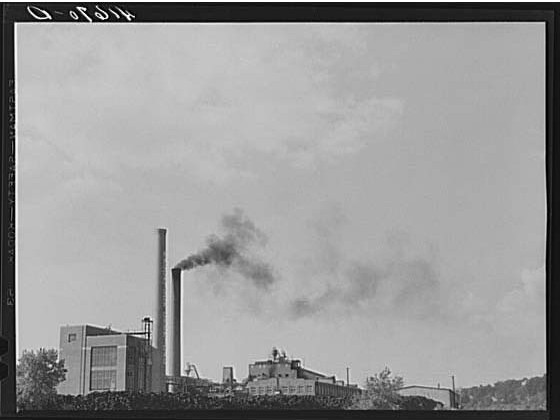
Naugatuck’s Early Chemical Industry
…a manufacturing-based economy. As small shops became large factories, Naugatuck evolved into one of the famous New England mill towns. One of the attributes that made Naugatuck unique, however, was…
Read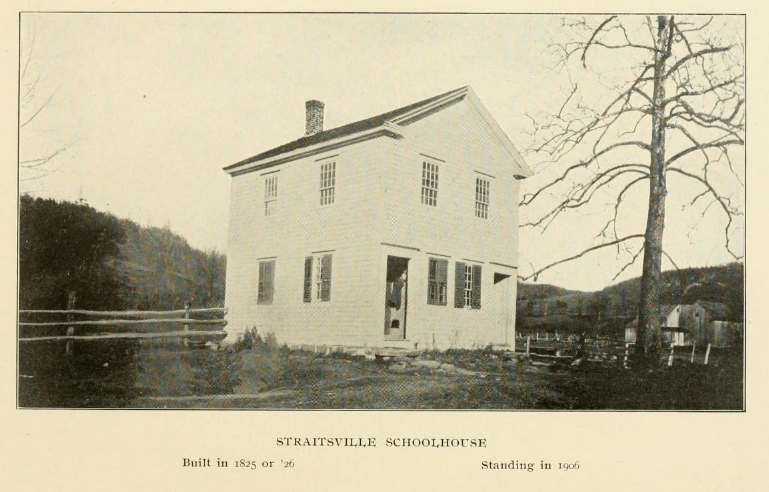
Child Labor vs. Schooling in 19th-century Naugatuck
The Naugatuck school system today consists of 11 public schools that provide a thorough contemporary education to over 4,000 students—but this was not always the case. The pride Connecticut residents…
Read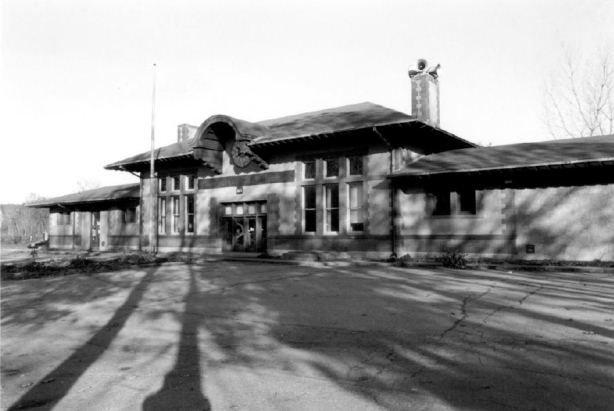
Henry Bacon Helps Beautify Naugatuck
…In 1923 President Harding presented Bacon with the American Institute of Architects’ Gold Medal, its highest award. In the 1890’s, John Howard Whittemore, Naugatuck’s leading industrialist, transformed the character of…
Read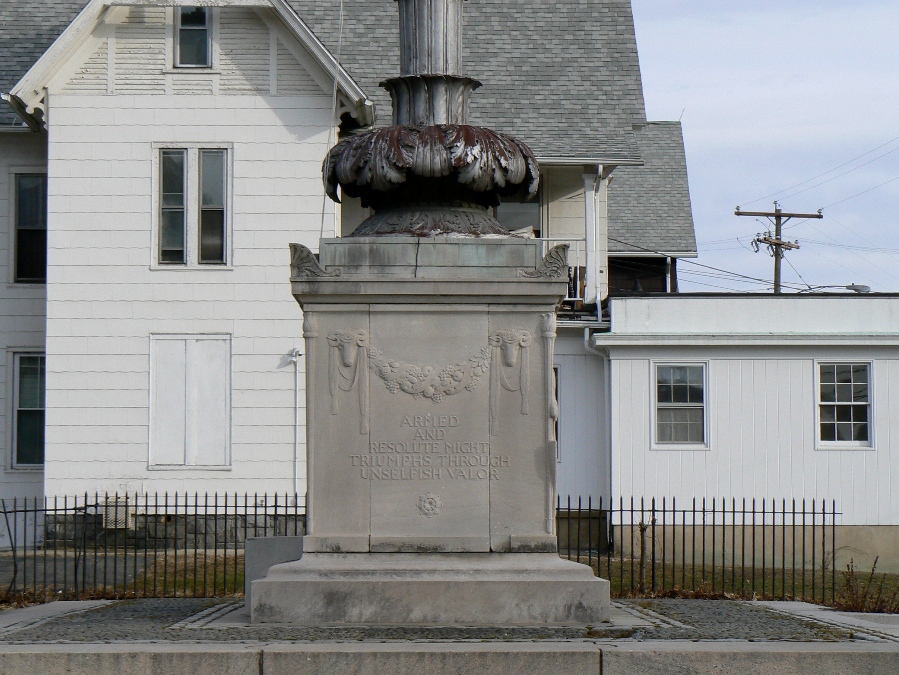
Naugatuck
The town of Naugatuck, located in New Haven County, spans both sides of the Naugatuck River and lies just south of Waterbury. Incorporated as a town in 1844, it became,…
Read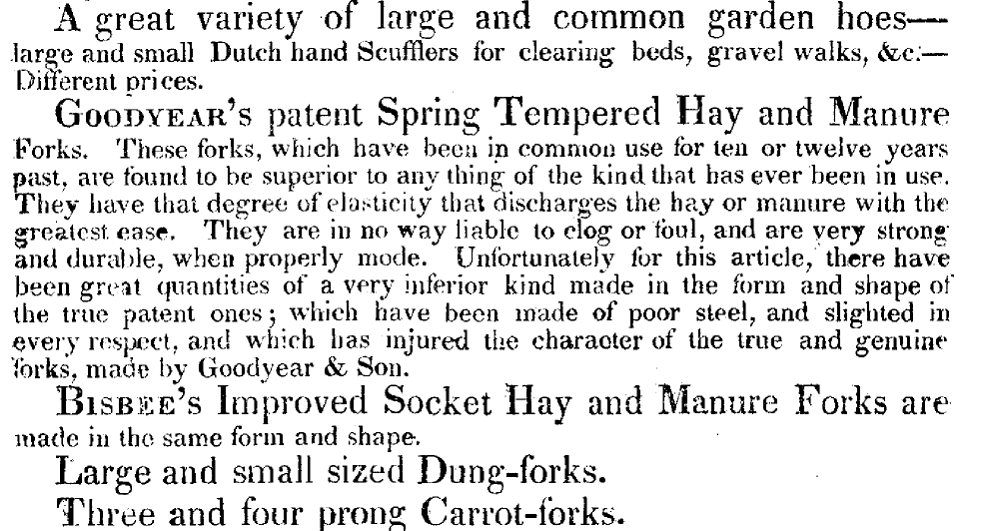
Amasa Goodyear and Son Re-Invent Naugatuck
…merchant life and reshaped the nature of industry in the Naugatuck Valley. New Ventures Goodyear recognized the value of water power in fostering the growth of manufacturing and subsequently moved…
Read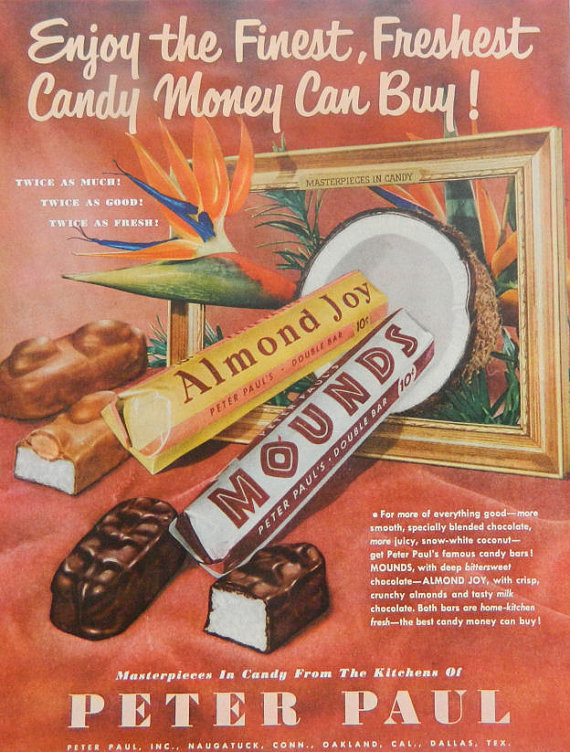
A Candy Bar Empire in Naugatuck
A staple of Naugatuck industry for nearly a century, the Peter Paul Manufacturing Company began as a small candy shop operated by Armenian immigrant Peter Halajian (who later changed his…
Read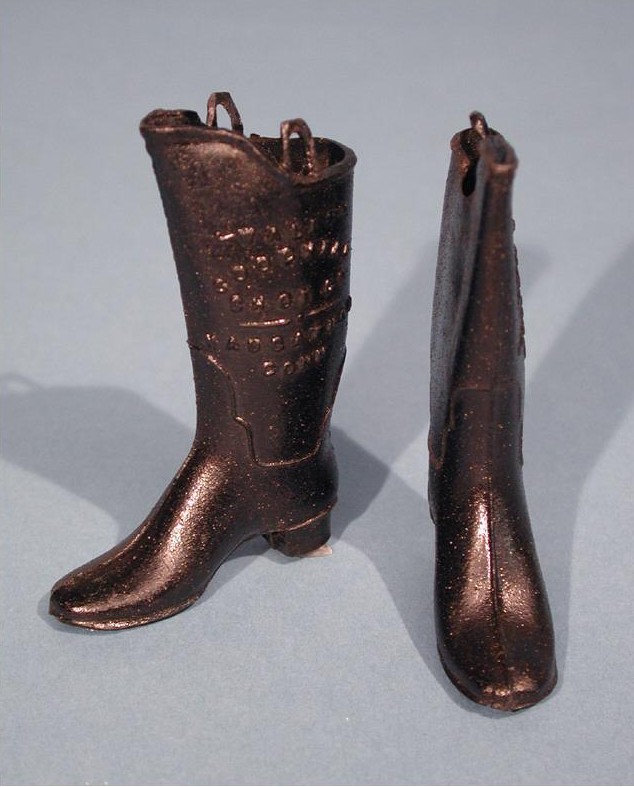
Charles Goodyear and the Vulcanization of Rubber
…Company in Naugatuck. Goodyear named his discovery vulcanization, after Vulcan, the Roman god of fire. Goodyear Metallic Rubber Shoe Company, Naugatuck, ca. 1900 He licensed his patent to manufacturers and…
Read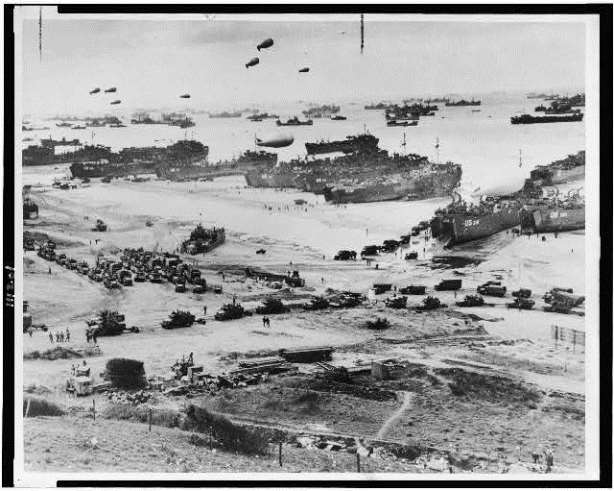
D-Day – Today in History: June 6
Naugatuck, Tuesday, June 6, 1944 Night watchmen in Naugatuck’s factories heard the news first. A lively march on NBC radio was interrupted at 12:41 am with the news flash that…
Read
Connecticut Pocketknife Firms
…the western Naugatuck Valley, the firms had the benefit of abundant water supplies, skilled metalworkers (mainly from Sheffield, England), transportation modes to population centers, marketing distribution channels, and sustainable demand….
Read
Torrington Recovers after the Flood of ‘55
In August of 1955, two hurricanes that moved through Connecticut caused a devastating flood of the Naugatuck River. The town of Torrington was the first to be hit by the…
ReadBeacon Falls Rubber Shoe Company Puts Best Foot Forward
…to High Rock Grove, now called High Rock State Park and incorporated into the Naugatuck State Forest. Improved by George W. Beach, Superintendent of the Naugatuck Railroad Company, this “small…
Read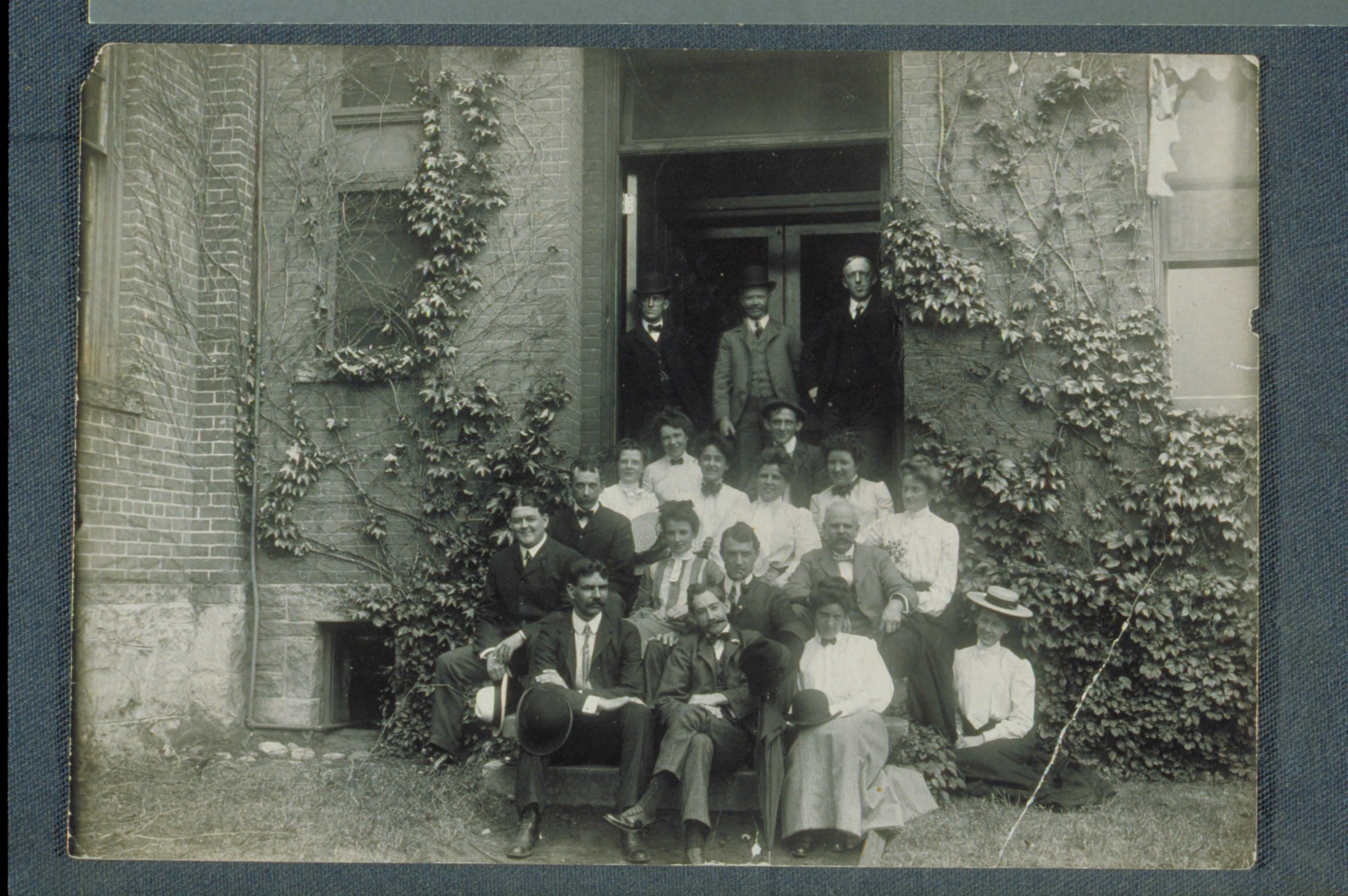
Connecticut Pin Makers
…for much of the 20th, Connecticut led the nation in pin production (i.e., common, hairpin, and safety pins). Located primarily in the western Naugatuck Valley, the industry had advantages of…
ReadBeacon Falls
Beacon Falls, in New Haven County, is located in the southwestern portion of Connecticut. Among the state’s smallest towns in population and area, it is bisected by the Naugatuck River…
ReadWeaving the Cultural Fabric of Beacon Falls
…evolution of the textile facilities in Beacon Falls sheds light into the impact the industry had on the entire Naugatuck Valley region. Lying on both sides of the Naugatuck River,…
Read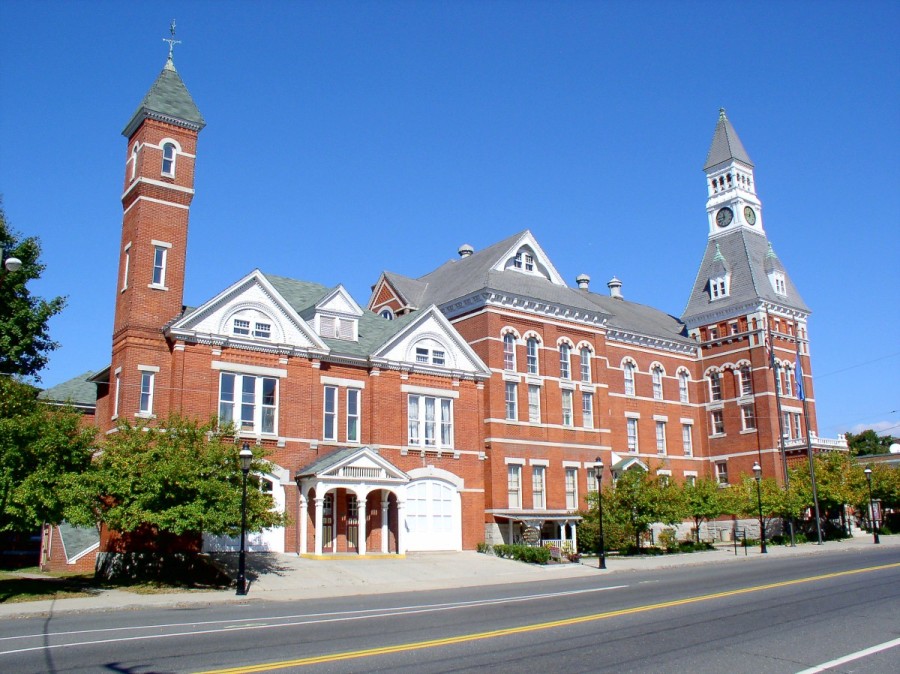
Thomaston
The southern Litchfield County town of Thomaston is located at the confluence of the Naugatuck River and the Northfield and Black Rock Brooks. From 1795 through the late 1800s, present-day…
Read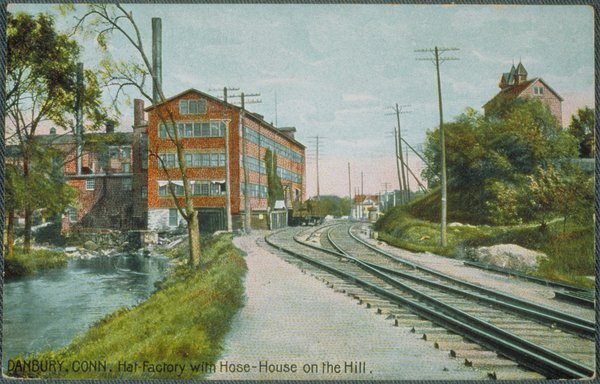
Rivers of Outrage
…pollution control, cities found ways to circumvent the mandates. In Waterbury, the Platt Brothers, manufacturers of brass eyelets with a plant on the Naugatuck River, fought a decade-long battle with…
Read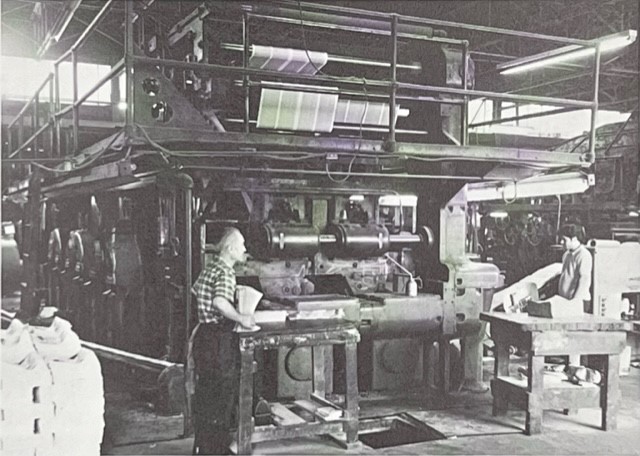
Charlton Publications: Song Lyric Printing Business to Major Player in the Comic Book Industry
By Joseph M. DiRienzo Over the course of its history, a low-lying piece of land along the west bank of the Naugatuck River between Derby and Ansonia became known as…
Read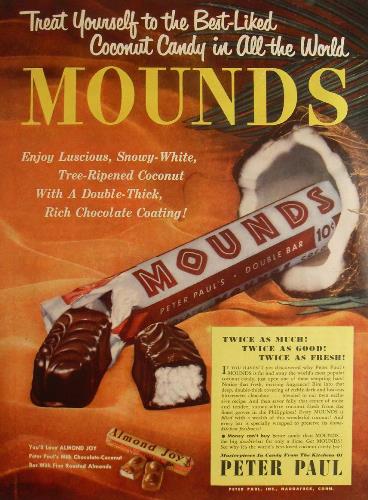
Mounds Candy Bar Involved in Espionage – Who Knew?
…that a storied Naugatuck business had its own “navy” and that it performed espionage services for the United States government during World War II? It’s true. That business was the…
Read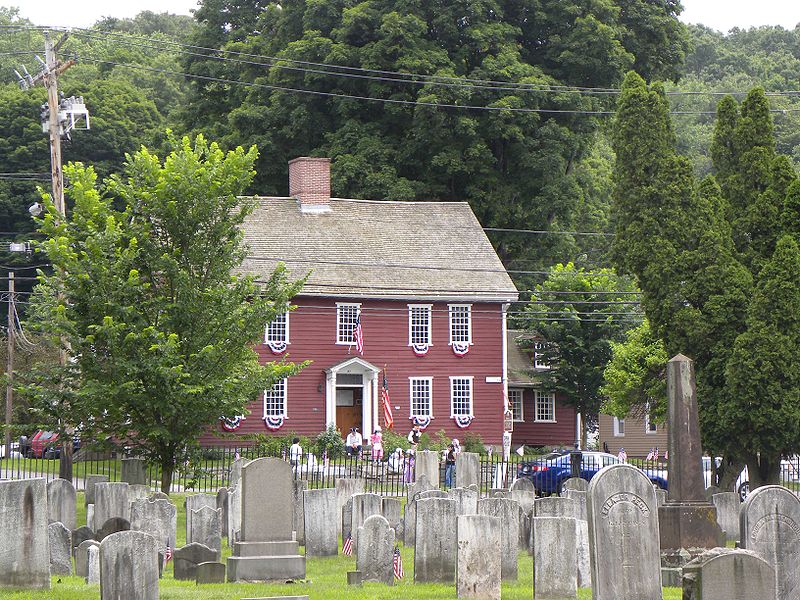
Ansonia
The city of Ansonia, located in New Haven County on the Naugatuck River, is in the lower Naugatuck Valley region. Though its development as a village center started in the…
Read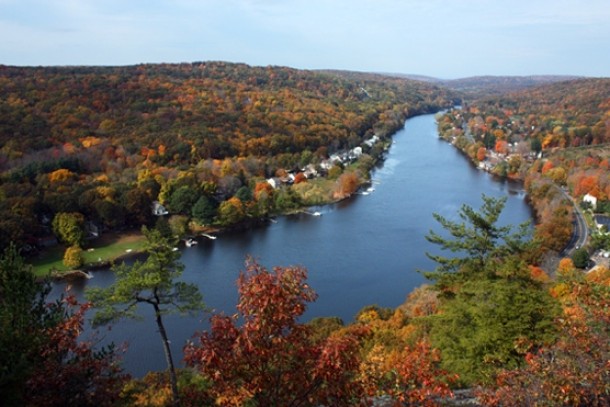
Seymour
The town of Seymour, located in western New Haven County, lies in the Naugatuck Valley region of Connecticut at the confluence of the Naugatuck and Housatonic Rivers. First known as…
Read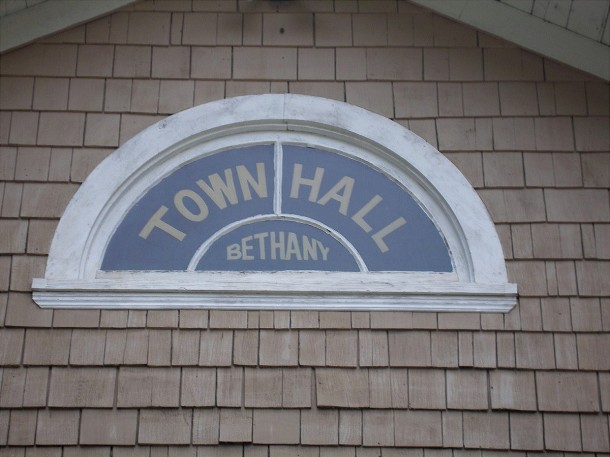
Bethany
…a town in 1832. In 1844, an act of legislature took the town’s Straitsville area, along with parts of Waterbury and Oxford, to form Naugatuck. A few decades later, the…
Read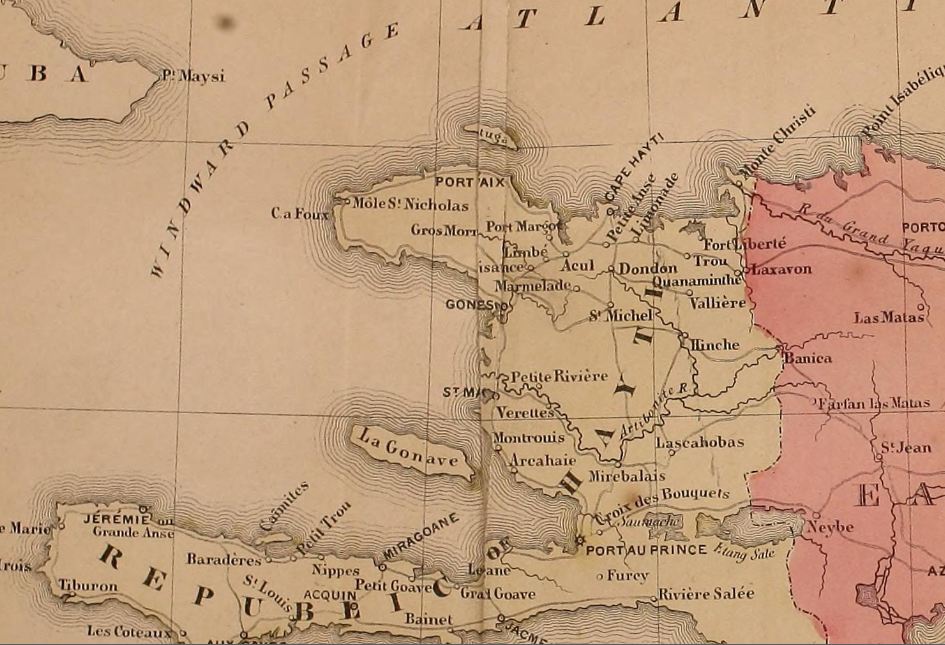
Ebenezer Bassett’s Historic Journey
…Bassett surname. Bassetts, white and black, populated the lower Naugatuck Valley, and the family may have chosen the Bassett name for reasons of kinship. Around 1830 or 1831 the couple…
Read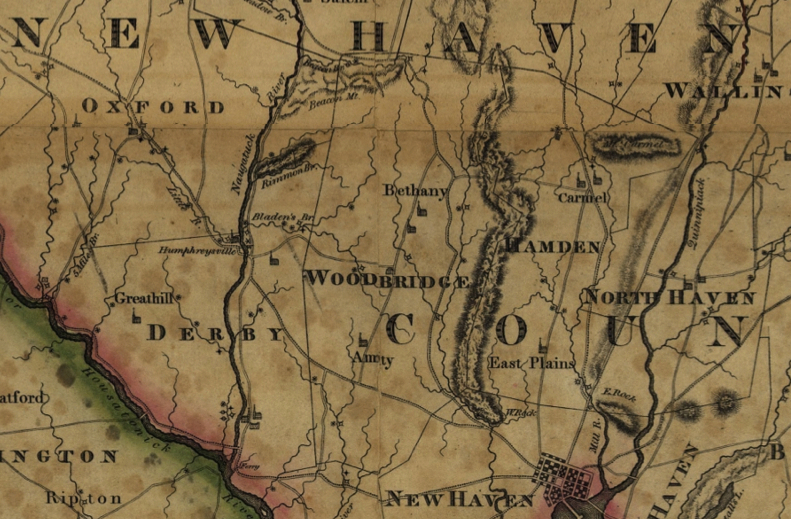
Bethany: Small-town Perseverance in the Face of Growing Industrialization
…in the Mid-19th Century The first significant decline came when the Straitsville area of Bethany became a part of Naugatuck in 1844. This coincided with a growing industrial base in…
Read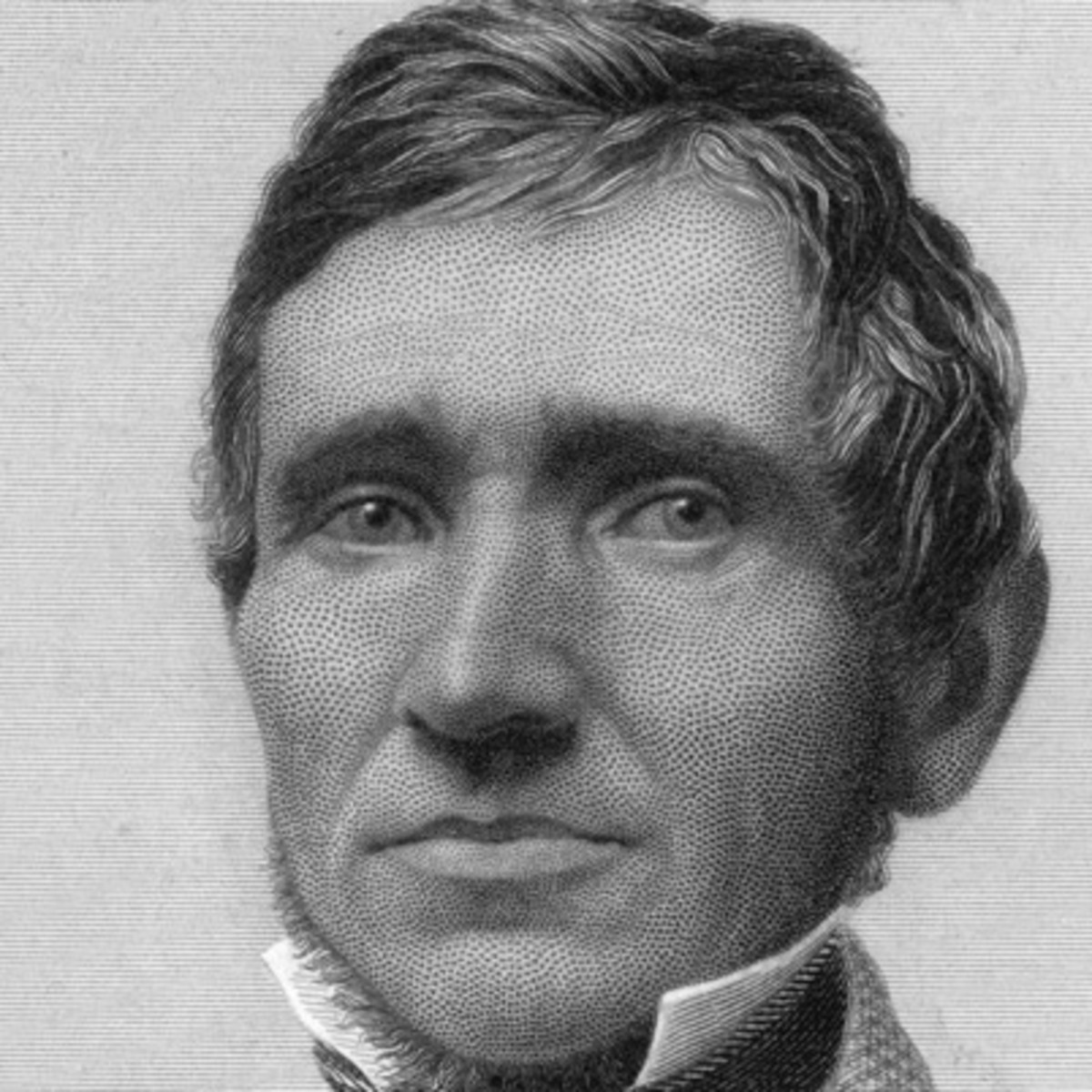
Charles Goodyear
Charles Goodyear (1800-1860) Born in New Haven, Charles Goodyear attended school in Naugatuck and, in 1826, started the first retail domestic hardware store in the US with his father, inventor…
Read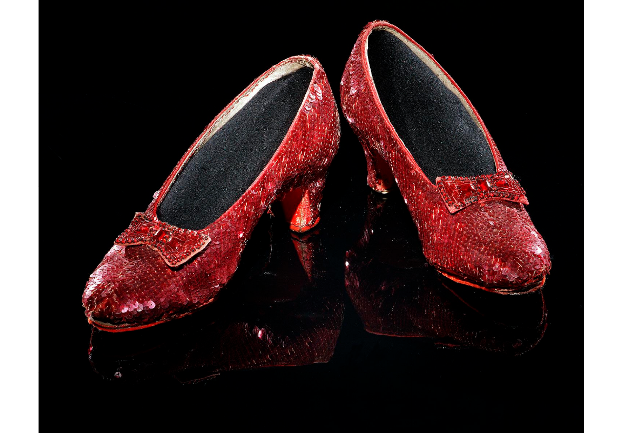
There’s No Place Like Home for the Designer of Dorothy’s Ruby Slippers – Who Knew?
…that Connecticut-born Adrian, the American clothing designer known best for creating costumes showcased in hundreds of movies, also designed Dorothy’s ruby slippers for The Wizard of Oz. Born in Naugatuck…
Read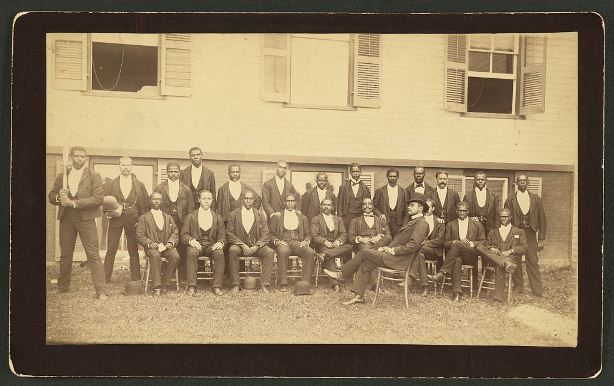
Swinging for the Fences: Connecticut’s Black Baseball Greats
…Toledo Blue Stockings. After baseball, Walker became an author and inventor. Moses Fleetwood Walker – National Baseball Hall of Fame In the Naugatuck Valley, the Ansonia Big Gorhams were part…
Read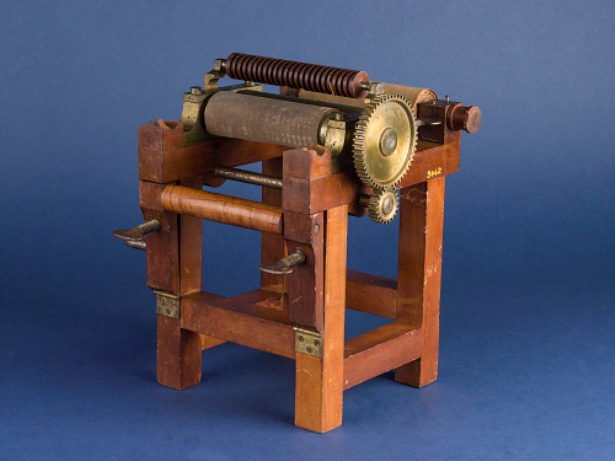
Charles Goodyear’s Machine for Making Rubber Fabrics
…patent for the above rubber fabric manufacturing machine and the same year that Goodyear established the Naugatuck India-Rubber Company, in Connecticut. The machine produced cloth impregnated with rubber by sandwiching…
Read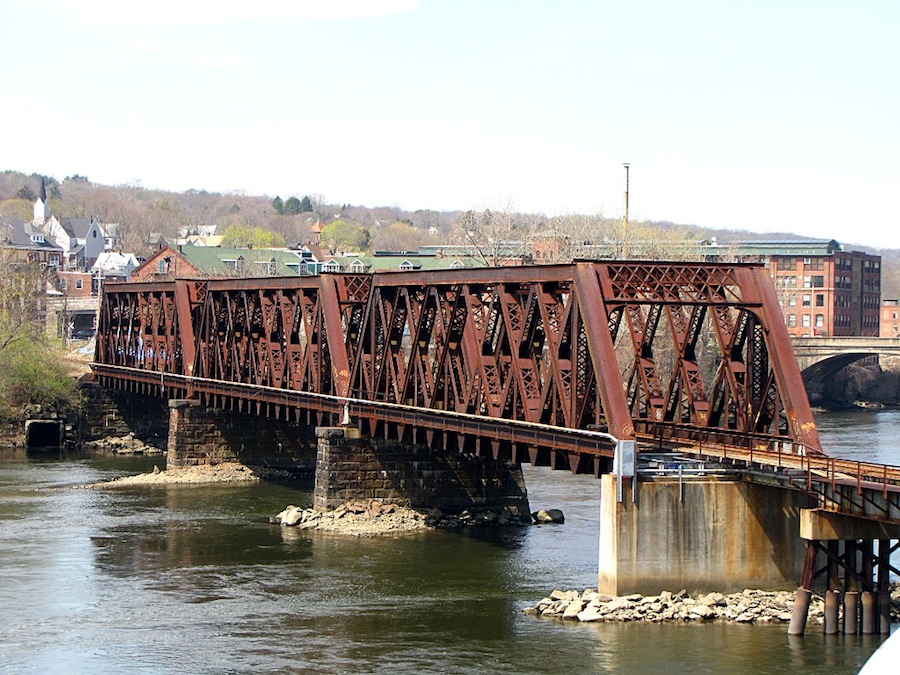
Derby
The city of Derby, located in New Haven County, is in southwest Connecticut at the confluence of the Housatonic and Naugatuck Rivers. Settled as a Native American trading post in…
Read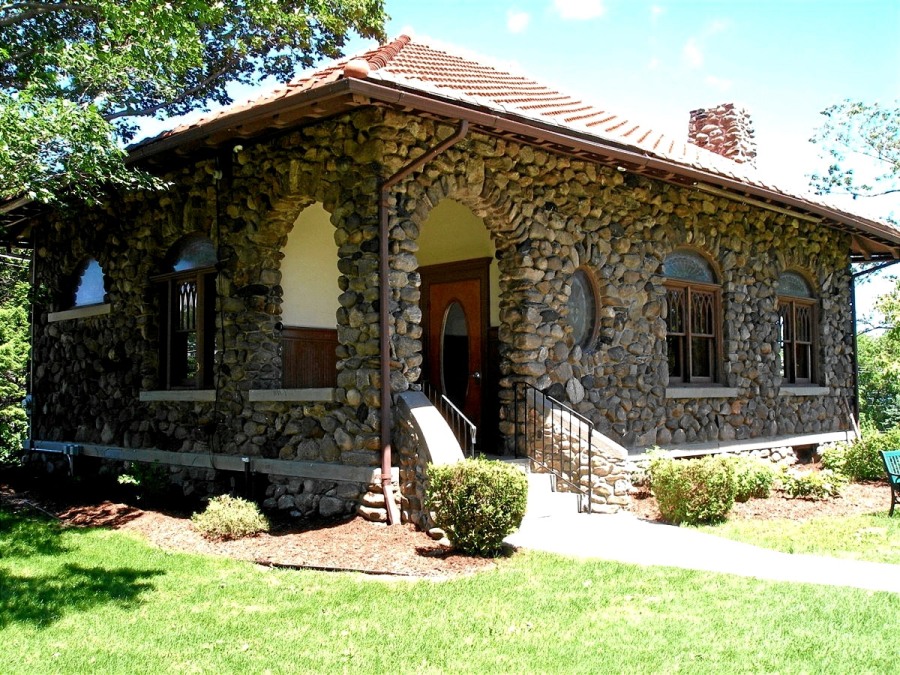
Prospect
…only completed plank road (connecting Waterbury to Cheshire), was built through the town. Unable to compete with the larger factories of Naugatuck and Waterbury, Prospect has remained a rural suburb….
Read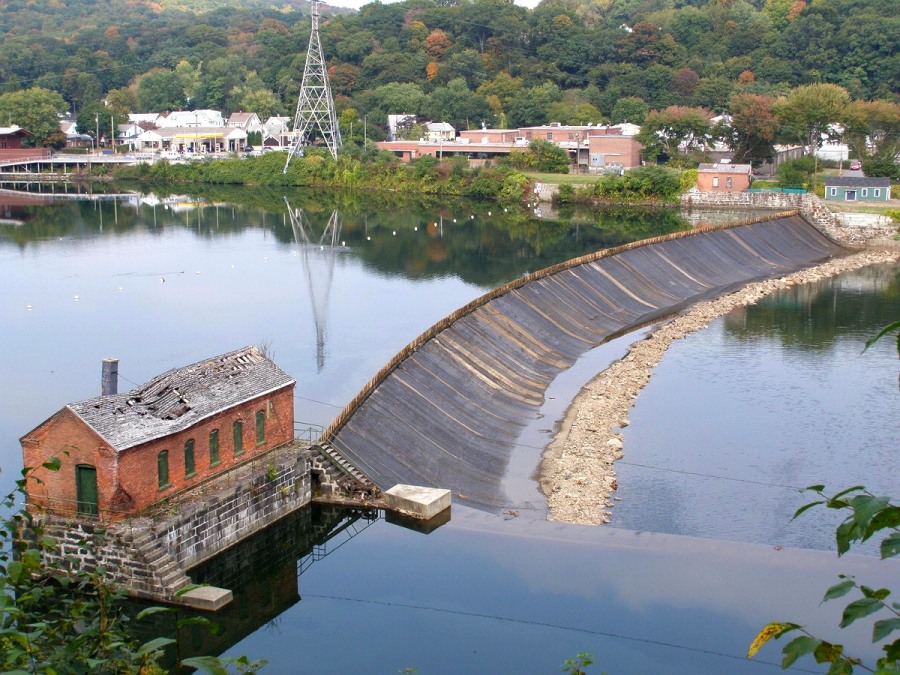
Shelton
Shelton, in Fairfield County, is located in western Connecticut at the confluence of the Housatonic and Naugatuck Rivers. Settled in 1639 as part of the town of Stratford, the area…
Read
Torrington
Torrington, in Litchfield County, is located in northwest Connecticut on the Naugatuck River. Originally called Mast Swamp for the pines harvested for use as ship masts, Torrington was settled in…
Read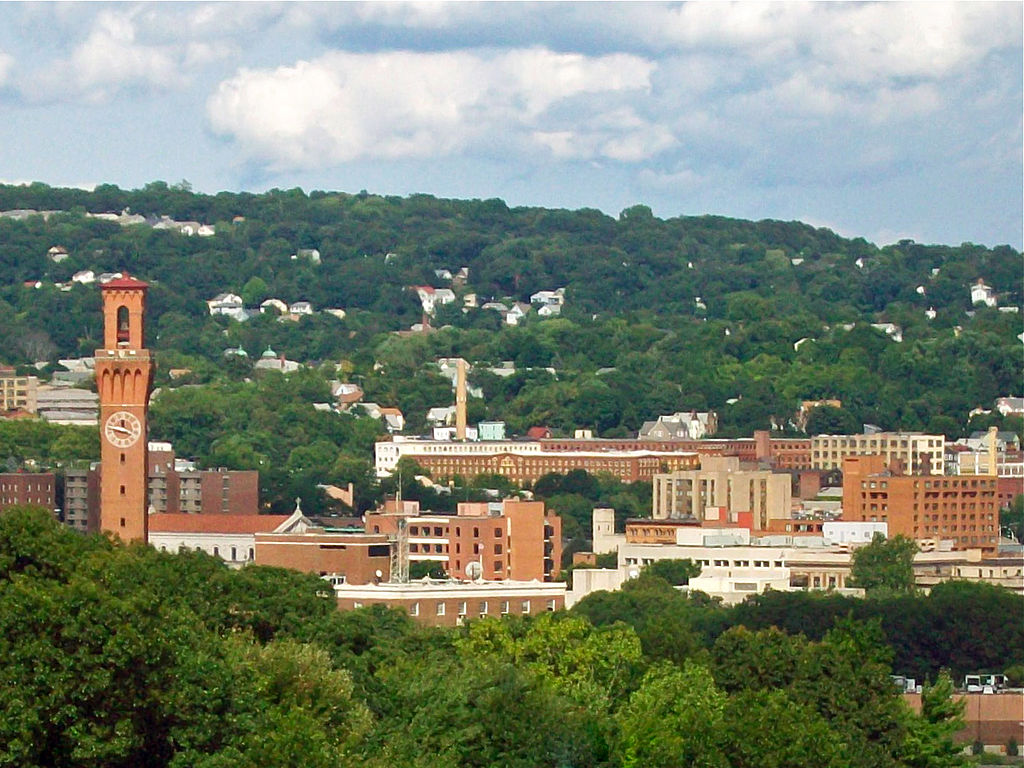
Waterbury
Waterbury, in New Haven County, is located in west-central Connecticut on the Naugatuck River. It was settled in 1674 as a part of Farmington (in what is now known as…
Read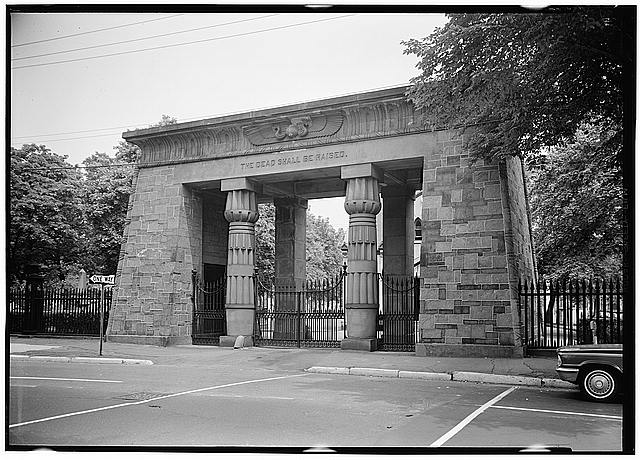
An Overview of Connecticut’s Outdoor Sculpture
…donated by the Eldridge family in honor of the Battells, local cultural leaders and benefactors); Naugatuck (designed in 1896 by McKim, Mead & White and donated to the town by…
Read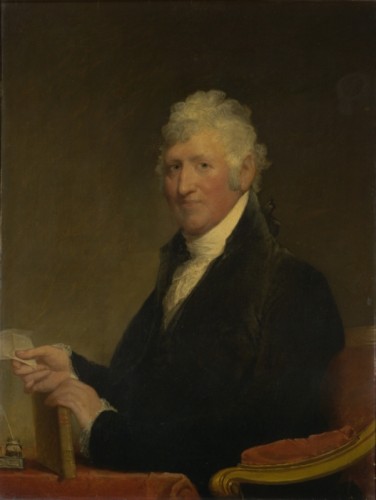
David Humphreys, Soldier, Statesman, and Agricultural Innovator
…of Seymour to manufacture woolen cloth. According to Charles Brilvitch, a historian of the Paugussett Tribe, the tribe’s reservation at the falls of the Naugatuck River had been taken away…
Read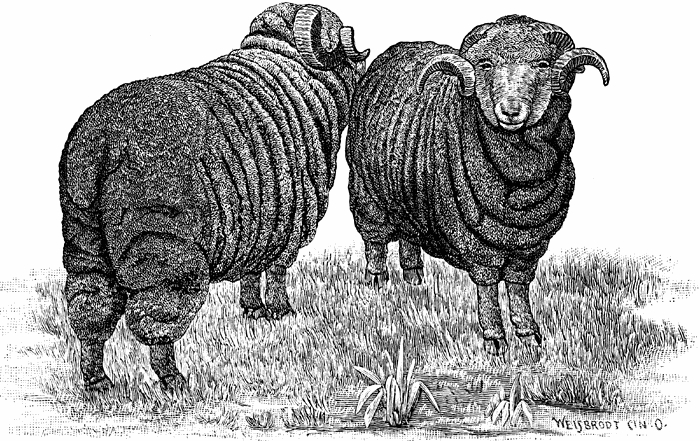
Textile Mills in Oxford Dominated Early Industry
…with a large portion arriving in Humphrey’s nearby hometown of Derby. Merinos Spur Rise of Wool-related Enterprises The arrival of merino sheep to the Naugatuck Valley coincided with the birth…
Read
The Derby Silver Company
…the Derby Silver Company can be found on public display in Derby, Shelton, and her sister communities of the Lower Naugatuck Valley. In addition to the Derby and Shelton Historical…
Read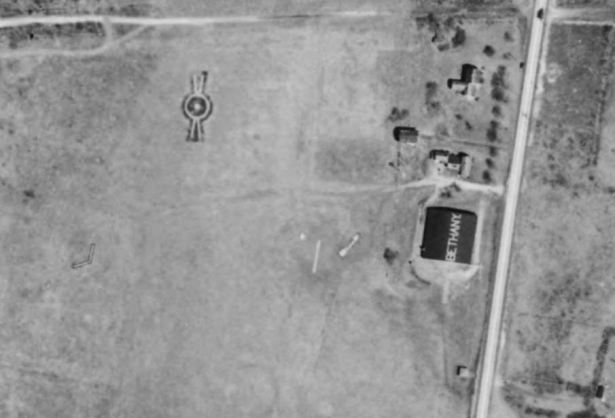
A Busy Airfield in Bethany
…state with enough clearance to allow a small airplane to take off and land in relative safety. Two years later, Harris Whittemore Jr. of Naugatuck, recognizing the commercial potential of…
Read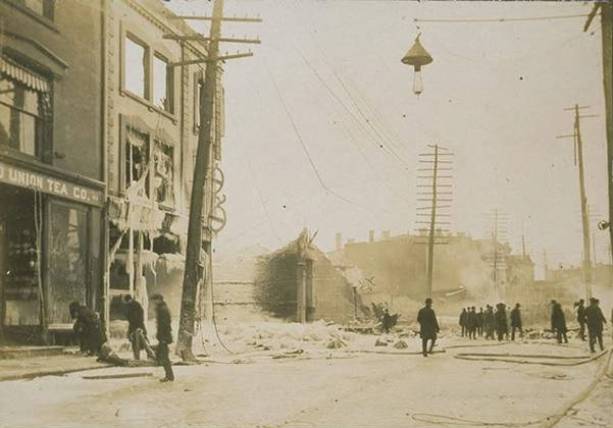
Six Cities Respond to 1902 Waterbury Fire – Who Knew?
…was likely to be burned out, called on Hartford, New Haven, Bridgeport, Torrington, Naugatuck, and Watertown for help, and they all responded by sending hose pipe and steamers, so at…
Read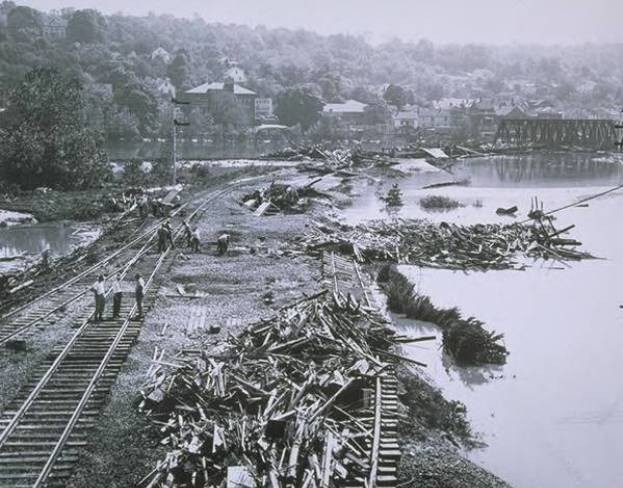
Hurricanes Connie & Diane Deliver Double Hit – Who Knew?
…but dropping up to 8 inches of rain, particularly saturating southwestern Connecticut. Five days later, Diane arrived, pouring another 16 inches of rain on the state, hitting the Naugatuck Valley…
Read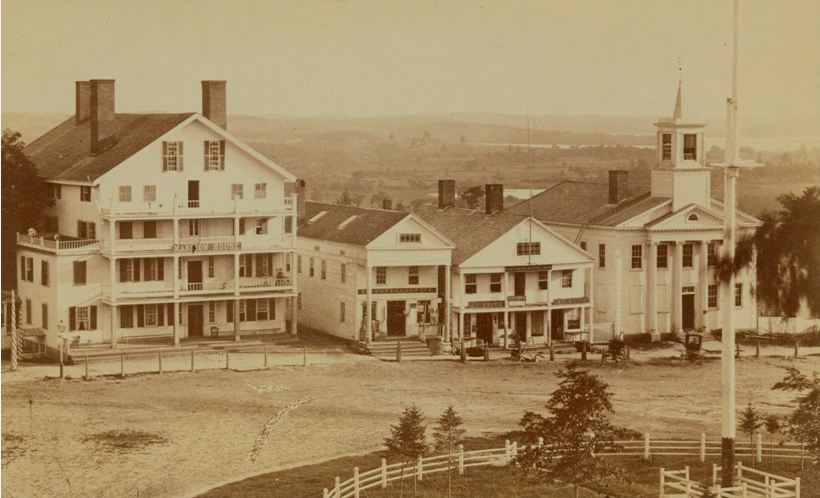
The Peace Movement in Litchfield
…railroad station seven miles away, industrial efforts had moved to Torrington, Winsted, and Waterbury along the Naugatuck River. The majority of the 3,200 residents ran small agricultural and dairy farms…
Read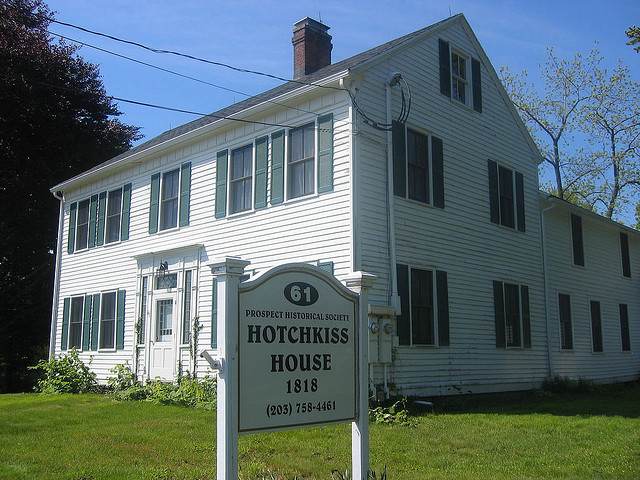
Prospect’s David Miles Hotchkiss and the Free Soil Party
…a number of other important local positions throughout his life. He served as captain of the militia in Waterbury and Salem (now Naugatuck). Hotchkiss also served as a town selectman…
Read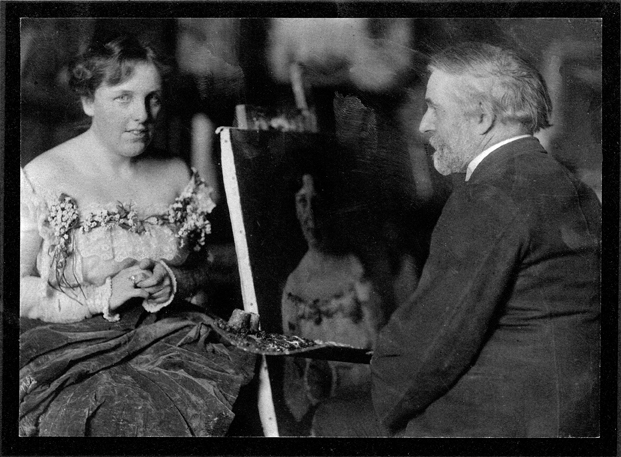
Theodate Pope Riddle: Connecticut’s Pioneering Woman Architect
…design other Connecticut landmarks, such as the Westover School in Middlebury, Connecticut (1909), the Hop Brook School in Naugatuck, Connecticut (1915), and several private houses. She established an office in…
Read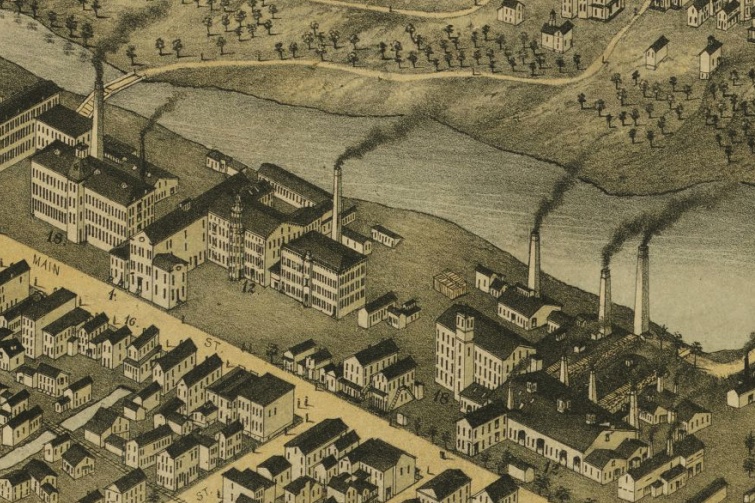
The American Brass Company: Leading the Way in the “Brass Valley”
…popular item that provided the foundation for the brass boom in the Naugatuck Valley. In 1834, three men partnered to open a brass mill in Wolcottville (now Torrington) that was…
Read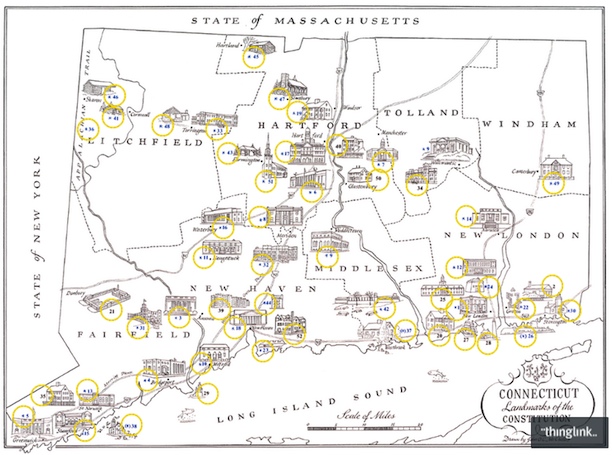
Map – Connecticut Landmarks of the Constitution
…11. Naugatuck: U.S. Post Office 12. New London: U.S. Post Office 13. Norwalk: U.S. Post Office 14. Norwich: U.S. Post Office 15. Stamford: U.S. Post Office 16. Waterbury: U.S. Post…
Read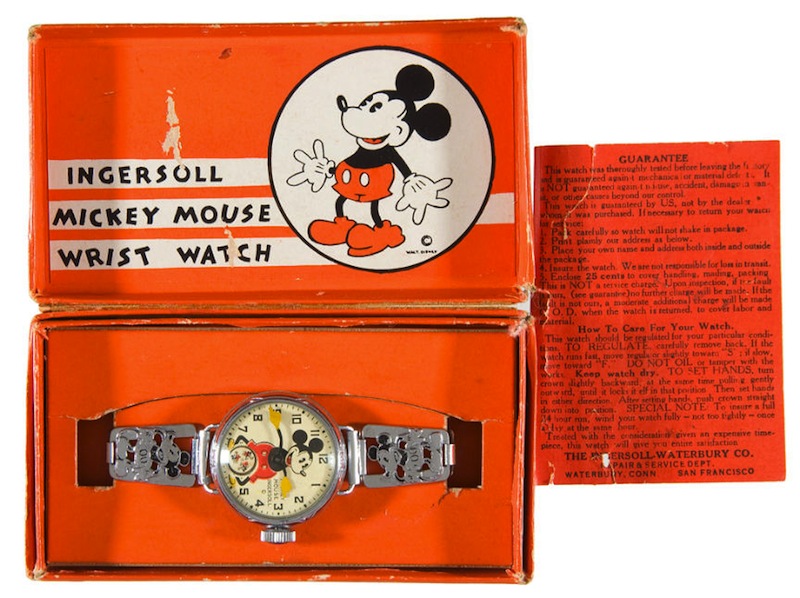
Waterbury Clock Company Saved by Mickey Mouse – Who Knew?
…a “Time Instrument” granted to James R. Putnam, Waterbury, CT assignor to Waterbury Clock Company, February 5, 1935 Connecticut’s Naugatuck Valley once manufactured millions of clocks and watches, and the…
Read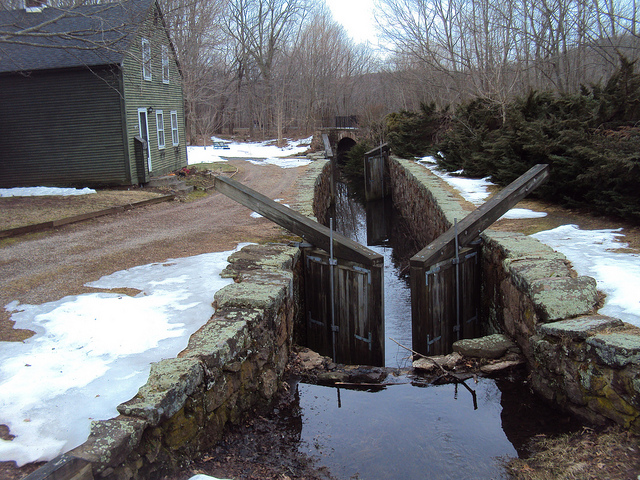
Cheshire
The town of Cheshire is located in New Haven County in the Central Naugatuck Valley. Once part of Wallingford and known as North Farms, Cheshire separated from Wallingford in 1780…
Read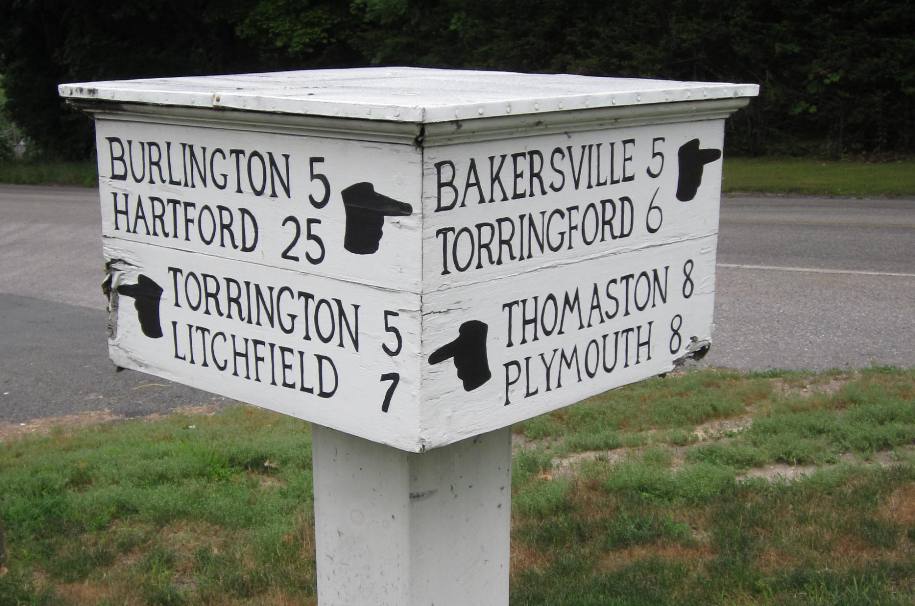
Harwinton
The Naugatuck River forms the western boundary of Harwinton, a town on the east-central edge of Litchfield County. Its name, unique in the US, reflects its formation from lands held…
Read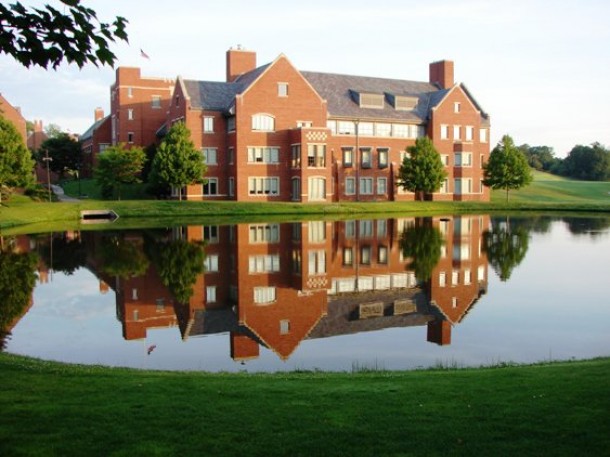
Watertown
Watertown is located in Litchfield County in the Central Naugatuck Valley. In 1738 the First Ecclesiastical Society of Westbury formed, and in 1780 the town separated from Waterbury and incorporated…
Read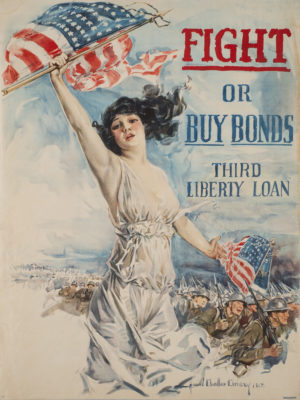
Preserving an All-American Downtown in Torrington
…disasters, including the Naugatuck River flood of 1955, and its ability to prosper in a time when shopping centers and strip malls lure residents into outlying areas. Torrington overcame these…
Read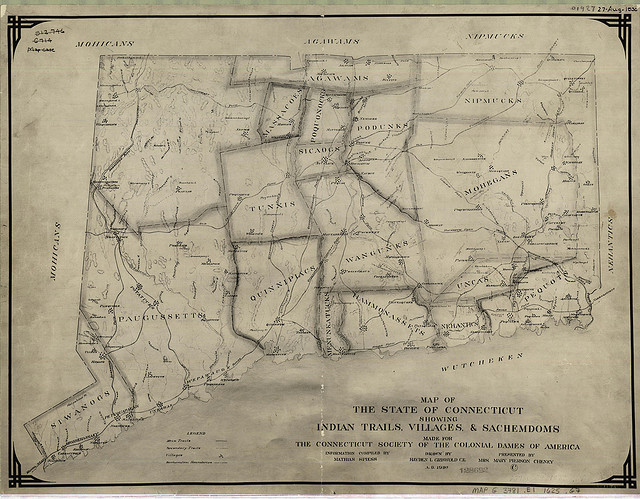
Andover to Woodstock: How Connecticut Ended Up with 169 Towns
…town of Watertown. Just 15 years later, residents of Watertown east of the Naugatuck River successfully sought incorporation as the town of Plymouth, citing the fact that their location made…
Read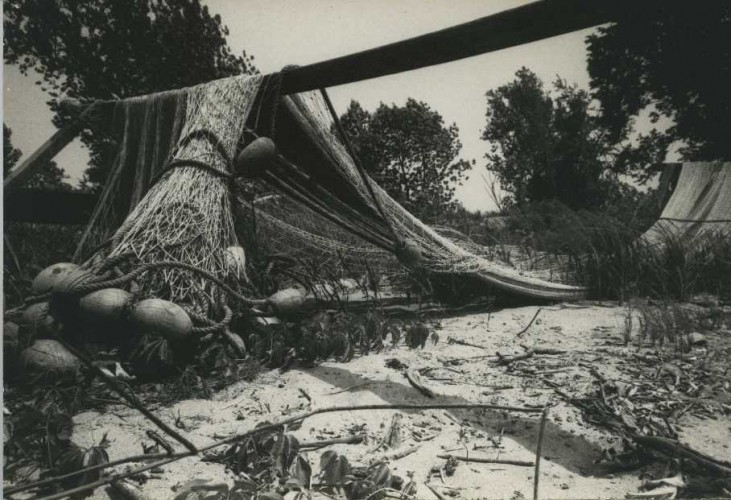
A Tale of Shad, the State Fish
…by the hundreds of thousands from the Atlantic Ocean up the Connecticut River each spring. Shad once ran in several rivers, including the Thames, Housatonic, and Naugatuck , but industry,…
Read
Brass City/Grass Roots: Bucks Hill: Waterbury’s Rural Holdout
…engaged in the dairy business, and is one of the largest peach growers in the Naugatuck Valley, having over thirty-five acres of land devoted to peaches. He also buys and…
Read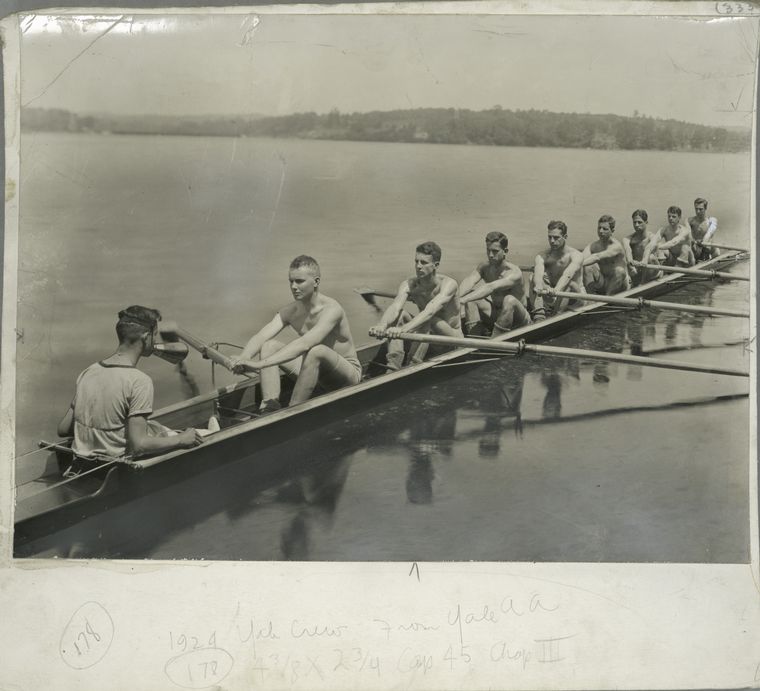
Derby Day on the Housatonic
…Blackwell Cup, created lively interest in the sport for residents of the Lower Naugatuck Valley. New Haven Railroad brochure for Derby Day 1940 – Joseph DiRienzo On Saturday, May 5,…
Read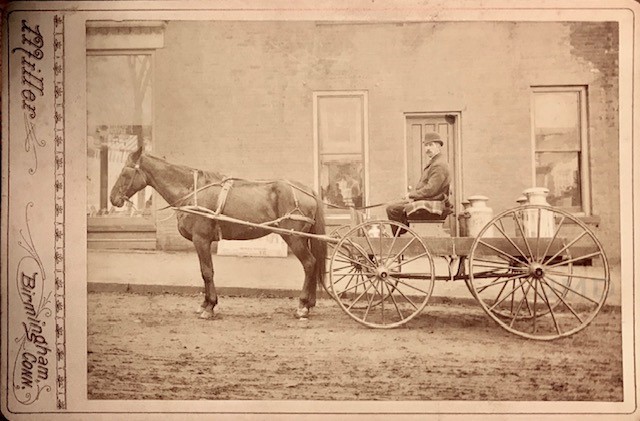
Derby’s Osbornedale Farms, Frances Kellogg, and the Dairy Industry
By Joseph M. DiRienzo Like many rural areas across the United States, the Lower Naugatuck Valley has had its share of dairy farms. In 1975, Connecticut had a little over…
ReadMore




